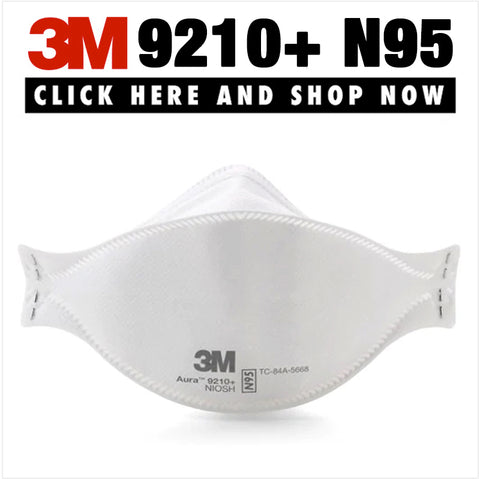Agriculture Respiratory Protection
Posted by S. Kit on
The agricultural industry involves a wide range of activities, including farming, livestock production, and forestry, all of which can expose workers to various respiratory hazards, such as dust, fumes, and mist. To protect against these hazards, many agricultural workers use N95 respirators, a type of personal protective equipment (PPE) that filters out harmful particles from the air they breathe.
In the agricultural industry, N95 respirators are commonly used to protect workers from dust generated by activities such as grain handling, feed mixing, and field work. They can also be used to protect workers from fumes and mist generated by activities such as pesticide application and animal confinement operations.
Read more: N95 Respirators Protect From Dust And Smoke
Farming is a hazardous industry that can expose workers to a range or respiratory risks, including toxic pesticide fumes, dusty fields, and harmful accumulations of hydrogen sulfide in manure pits and pumps sumps, as well as nitrogen dioxide in conventional silos. Farmer's Lung and Organic Dust Toxicity Syndrome (ODTS) are also potential dangers, both being allergic reactions to moldy hay or grain dust that can lead to costly medical treatments, permanent lung damage, or even death.
This article is focused on providing information about the respiratory protection available for the agriculture industry, specifically the N95 respirator. Long-term exposure to dusts, mists, gases, and vapors in farming can lead to nagging and permanent lung damage. However, in many cases, the use of an affordable respirator can help to prevent these types of health issues from occurring.
To select the right N95 respirator for an agricultural worker, it is important to consider the type of work being performed and the level of protection required. Some N95 respirators are designed for use in specific environments, such as those with oil-based particles, while others are suitable for use in general agricultural environments.
Use a respirator approved by the National Institute for Occupational Safety and Health (NIOSH). Older style NIOSH approved respirators or filters have a number preceded by the prefix "TC". Newer models of approved respiratory protection have the NIOSH TC approval number. An example is: "NIOSH TC-84A-7447"
Read more: Why Construction Workers Use N95 Masks
The newer respirators are also rated according to the filter's efficiency in reducing dust, mists, and fumes and their time use limits against oil based chemicals or pesticides in the atmosphere. Filtering efficiencies can be 95%, 99%, or 99.97%. Respirators rated 99.97% effective are given a rating of 100% as a practical matter. A respirator with a designation of N,R, or P indicates: not resistant to airborne oils, plugs quickly (N); resistant to airborne oils for up to 8 hours (R); or oil proof, possible resistant to airborne oils for up to 8 hours, change filter every 40 hours or use or 30 days, whichever comes first (P). In addition to the TC number, approved respirators always have at least two elastic straps or a head band.
When using N95 respirators, it is important to follow manufacturer instructions and osha guidelines to ensure that the respirator is used correctly and provides the intended level of protection. This may include conducting a fit test to ensure that the respirator fits properly and provides a secure sea, and performing maintenance and replacement as needed to ensure the respirator remains effective.
In addition to using N95 respirators, agricultural workers can also take other steps to protect themselves from respiratory hazards, such as wearing protective clothing, using ventilation systems, and following safe work practices. By following these guidelines and using the right PPE, agricultural workers can help reduce their exposure to harmful substances and stay safe on the job.
Overall, N95 respiratory play a critical role in protecting agricultural workers from respiratory hazards. By selecting the right respiratory, using it correctly, and taking other necessary precautions, workers can help to reduce their exposure to harmful substances and stay safe on the job.
← Older Post Newer Post →


